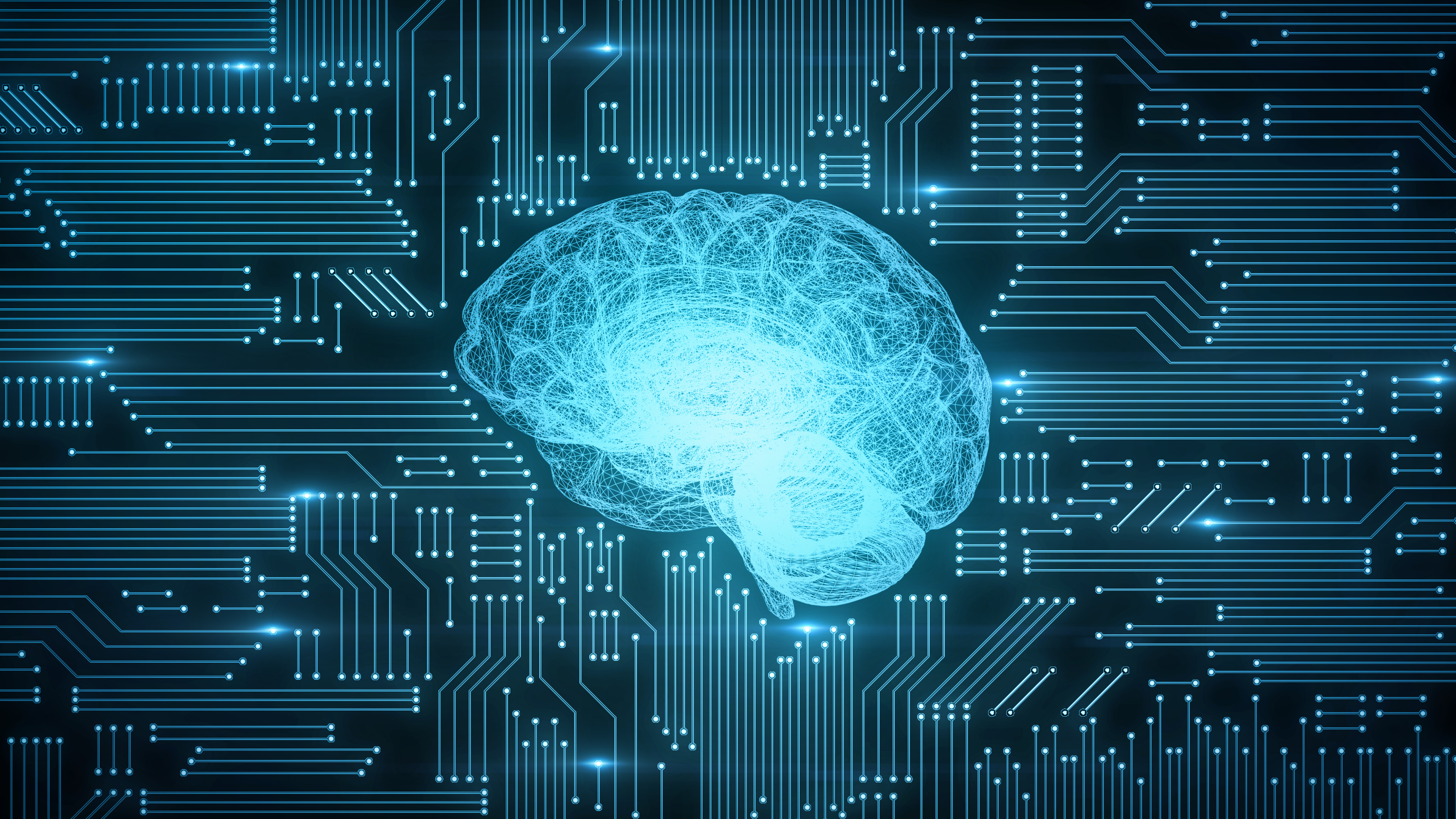
Researchers at Penn Medicine have tapped machine learning techniques to help them identify the size and shape of brain networks in individual children.
That’s according to a study published recently in the journal Neuron, for which researchers used machine learning techniques to analyze the functional magnetic resonance imaging (fMRI) scans of nearly 700 children, adolescents, and young adults.
The analysis, which Penn says could lead to improved understanding and more personalized treatment of mental health conditions, is the first to show that neuroanatomy can vary significantly among children and is refined during development.
The human brain has a pattern of folds and ridges on its surface that provide physical landmarks for finding brain areas. To study the functional networks that govern cognition, researchers will typically line up activation patterns with these physical landmarks, but the process assumes that the functions of the brain are located on the same landmarks in each person.
Multiple studies of adults have shown that this isn’t the case for more complex brain systems responsible for executive function, a set of mental processes that include self-control and attention.
“The exciting part of this work is that we are now able to identify the spatial layout of these functional networks in individual kids, rather than looking at everyone using the same ‘one size fits all’ approach,” said senior author Theodore D. Satterthwaite, MD, an assistant professor of Psychiatry in the Perelman School of Medicine at the University of Pennsylvania.
“Like adults, we found that functional neuroanatomy varies quite a lot among different kids—each child has a unique pattern. Also like adults, the networks that vary the most between kids are the same executive networks responsible for regulating the sorts of behaviors that can often land adolescents in hot water, like risk taking and impulsivity.”
The team analyzed a sample of 693 adolescents and young adults between ages eight and 23, with participants completing 27 minutes of fMRI scanning as part of the Philadelphia Neurodevelopment Cohort (PNC), a large study funded by the National Institute of Mental Health.
“The spatial layout of these networks predicted how good kids were at executive tasks,” said Zaixu Cui, PhD, a post-doctoral fellow in Satterthwaite’s lab and the paper’s first author. “Kids who have more ‘real estate’ on their cortex devoted to networks responsible for executive function in fact performed better on these complex tasks.”
The study offers new insights on developmental plasticity and diversity, and could lead to more personalized diagnostics and therapeutics.


